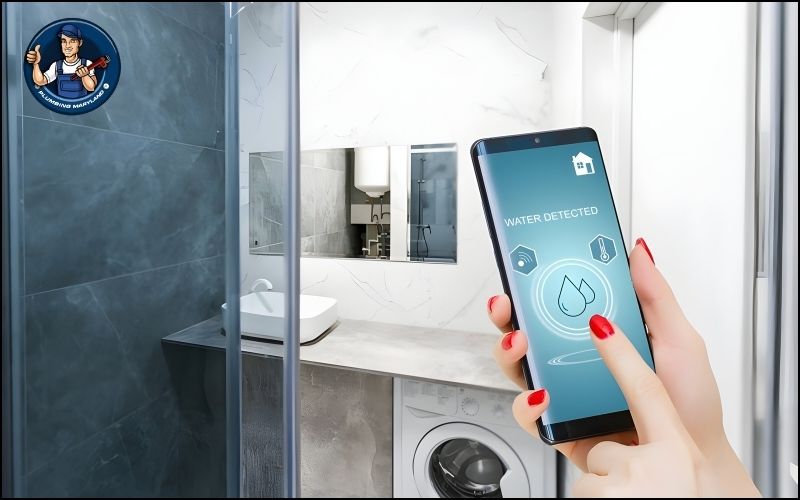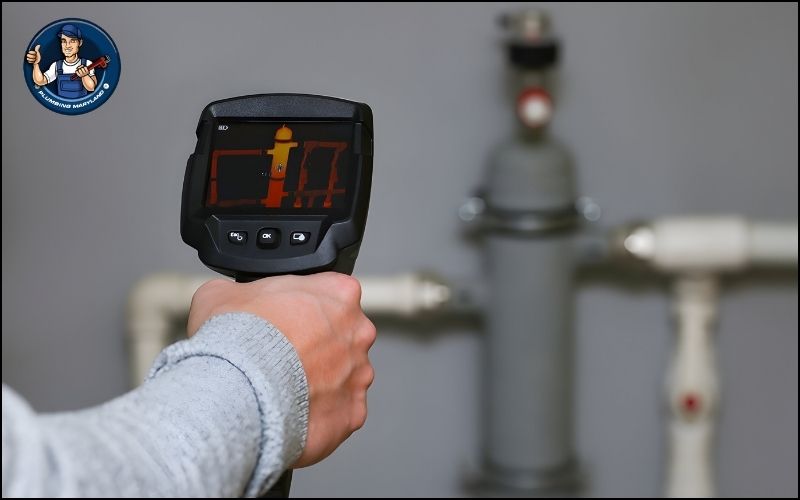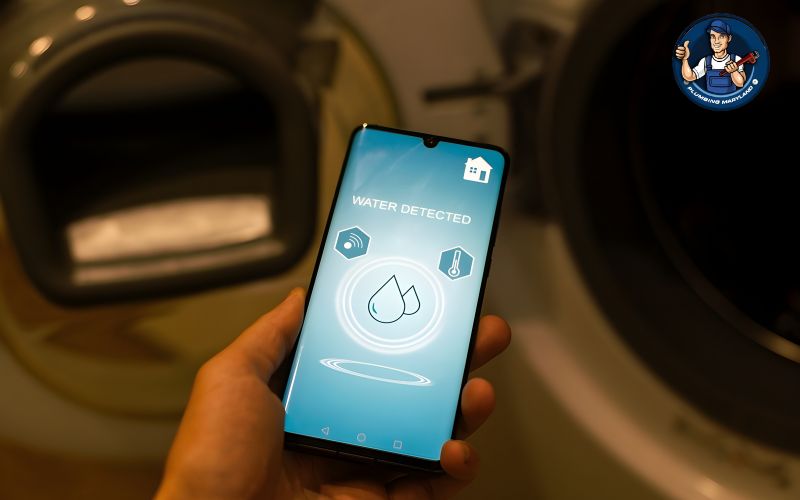Pipe scans have become an essential tool for homeowners, property managers, and plumbers alike. Over time, pipes can develop leaks, blockages, or even structural damage, and these issues are often hidden from sight. With a pipe scan, you can detect issues early, saving you time, hassle, and costly repairs down the line. But with so many technologies available, it can be confusing to know which option is right for your specific needs.
From advanced imaging tools to traditional leak detection methods, a variety of tools can be used to assess the health of your plumbing system. Below, we’ll explore some of the most common methods and devices used to run a pipe scan and offer guidance on which might be the best choice for your situation.
The Importance of Pipe Scanning
Before diving into the tools themselves, it’s helpful to understand why pipe scanning matters. Issues like clogs, cracks, and corrosion can escalate quickly if left undetected, leading to water damage, decreased water quality, and even structural issues. A pipe scan provides a comprehensive view of the interior and exterior conditions of your pipes without invasive digging or cutting.
Regular pipe scans can identify potential problems early, helping you plan maintenance and repairs proactively. Whether you’re a homeowner or manage a larger property, pipe scans can safeguard your plumbing and help you make informed decisions.

Types of Pipe Scanning Equipment
There are several types of equipment available for running a pipe scan. Let’s break down some of the most commonly used tools and methods:
1. Video Camera Inspection
A video camera inspection is one of the most effective ways to get a clear, real-time view of your pipes. With this method, a small, high-resolution camera attached to a flexible rod is inserted into the pipe. As it travels through the pipe, it captures footage of the interior, showing blockages, cracks, and other issues in detail. This method is particularly useful for:
- Identifying blockages from debris, grease, or tree roots
- Inspecting for leaks or signs of corrosion
- Assessing overall pipe health
This type of inspection is minimally invasive and doesn’t require any digging, making it an excellent choice for diagnosing problems without disturbing your property.
2. Ultrasonic Testing
Ultrasonic testing uses sound waves to detect flaws within the pipe walls. When ultrasonic waves are sent through the pipe material, they bounce back to the device, indicating the thickness of the pipe walls. By interpreting these signals, a technician can detect cracks, corrosion, and weak spots. Ultrasonic testing is particularly useful for:
- Assessing pipe thickness and detecting internal corrosion
- Evaluating pipes in inaccessible areas
- Locating specific flaws without dismantling any infrastructure
This type of scan is highly accurate and provides detailed insights into the pipe’s condition, especially useful in industrial settings or older residential properties with aging pipes.
3. Thermal Imaging
Thermal imaging, also known as infrared thermography, detects temperature variations on the surface of the pipes. It’s a non-invasive method that’s commonly used to locate hidden leaks and temperature-related issues. Thermal imaging is often used for:
- Identifying hidden leaks in walls, floors, and ceilings
- Detecting areas of poor insulation
- Spotting temperature anomalies caused by leaks or structural issues
This method can be very effective, especially when leaks are suspected behind walls or beneath floors. However, it may not be as effective in locating blockages or corrosion as other methods.

4. Acoustic Leak Detection
Acoustic leak detection uses sound to identify leaks within the plumbing system. Technicians use specialized microphones or sensors to listen to the sounds of escaping water. This method is commonly employed for:
- Detecting hidden leaks in larger, complex plumbing networks
- Pinpointing the location of a leak based on sound frequency
- Minimizing invasive digging
Acoustic leak detection is best suited for situations where leaks are suspected but not visible, such as underground or under concrete slabs.
How to Choose the Right Pipe Scanning Method
The best method for running a pipe scan largely depends on your specific needs and the condition of your plumbing system. Here are a few factors to consider when choosing the right pipe-scanning tool:
- Type of Issue: For blockages, a video camera inspection may be the most effective. For hidden leaks, thermal imaging or acoustic detection might be ideal.
- Location of Pipes: Pipes located underground or in hard-to-reach areas may require ultrasonic testing or acoustic leak detection.
- Pipe Material and Age: Older, metal pipes are more prone to corrosion, which can be detected with ultrasonic testing, whereas PVC pipes may be more easily inspected visually.
Each tool has unique advantages, and in some cases, combining different methods provides the most comprehensive assessment of your plumbing system.
Professional Pipe Scanning Services
While there are DIY options available, professional pipe scanning services often yield more accurate and reliable results. Trained technicians have the expertise to operate advanced equipment, interpret results accurately, and offer insights on potential repairs. They can also ensure that all areas of your plumbing system are properly inspected, reducing the risk of missing any hidden issues.
Conclusion: Keep Your Plumbing System in Top Condition
Regular pipe scans are an investment in the health and longevity of your plumbing system. By detecting potential issues early, you can address them proactively, helping to avoid costly repairs and water damage. And with so many effective tools available, there’s no need to wait until a major issue arises.
If you’re ready to schedule a pipe scan or have questions about the best method for your home or property, our team at Maryland Plumbing is here to help. With expert guidance and professional equipment, we’ll ensure your pipes stay in optimal condition. Reach out today to learn more about our services and find the best solution for your plumbing needs.
